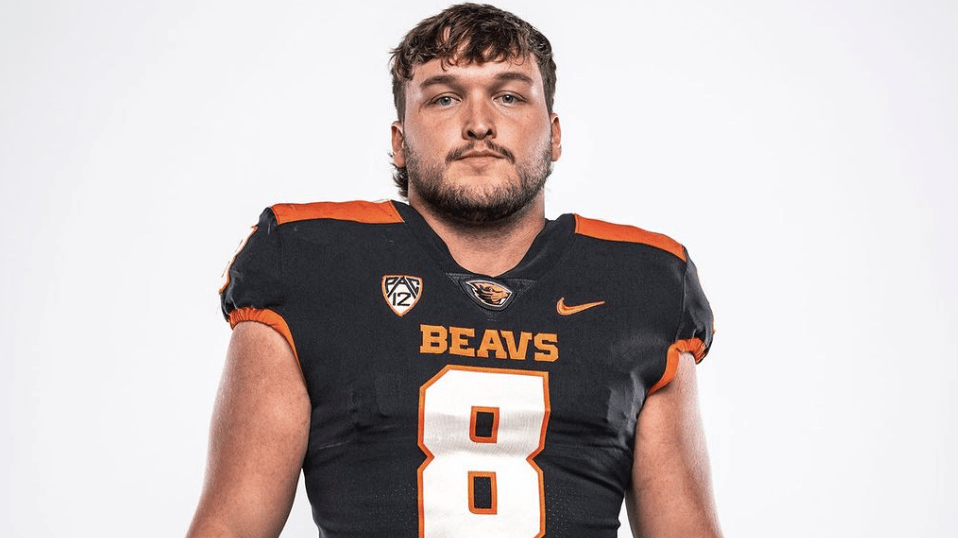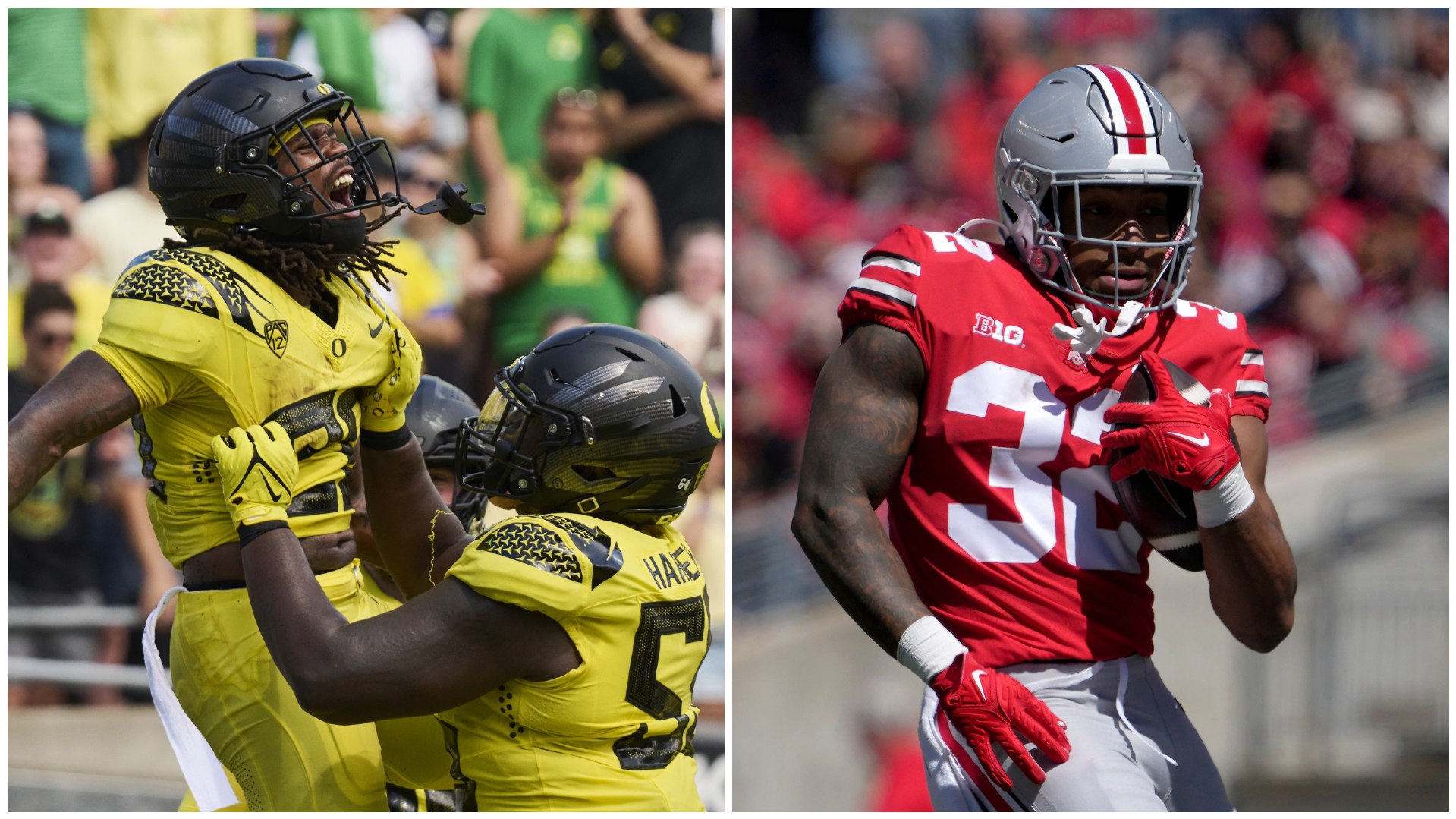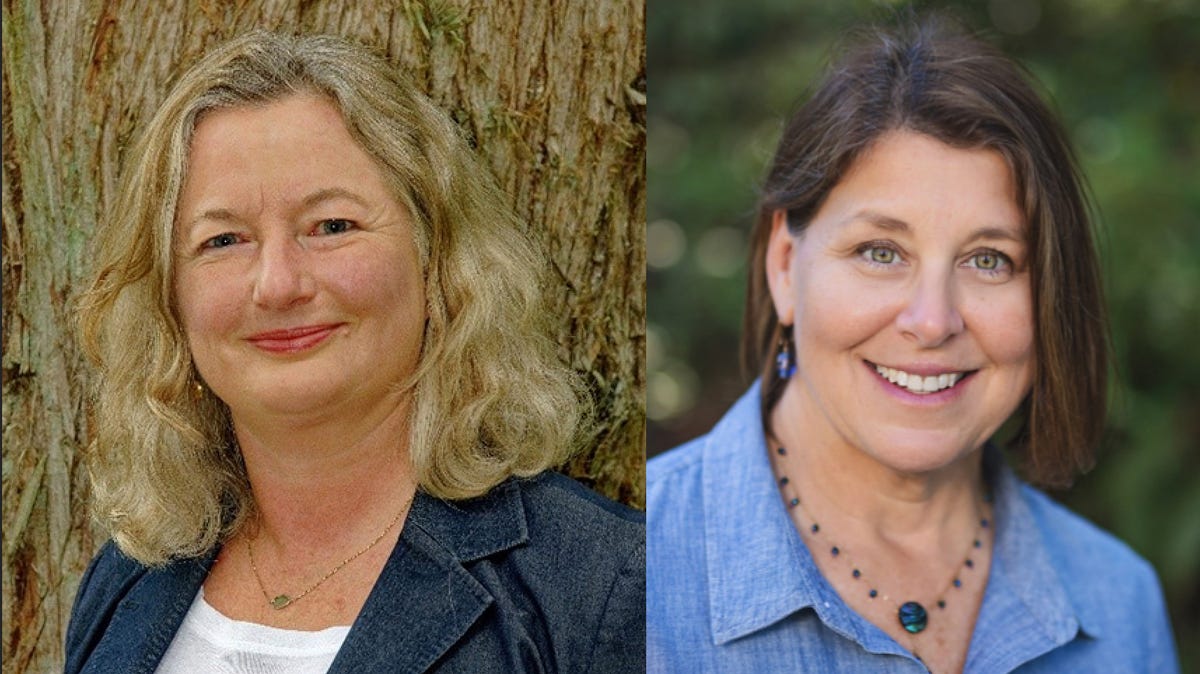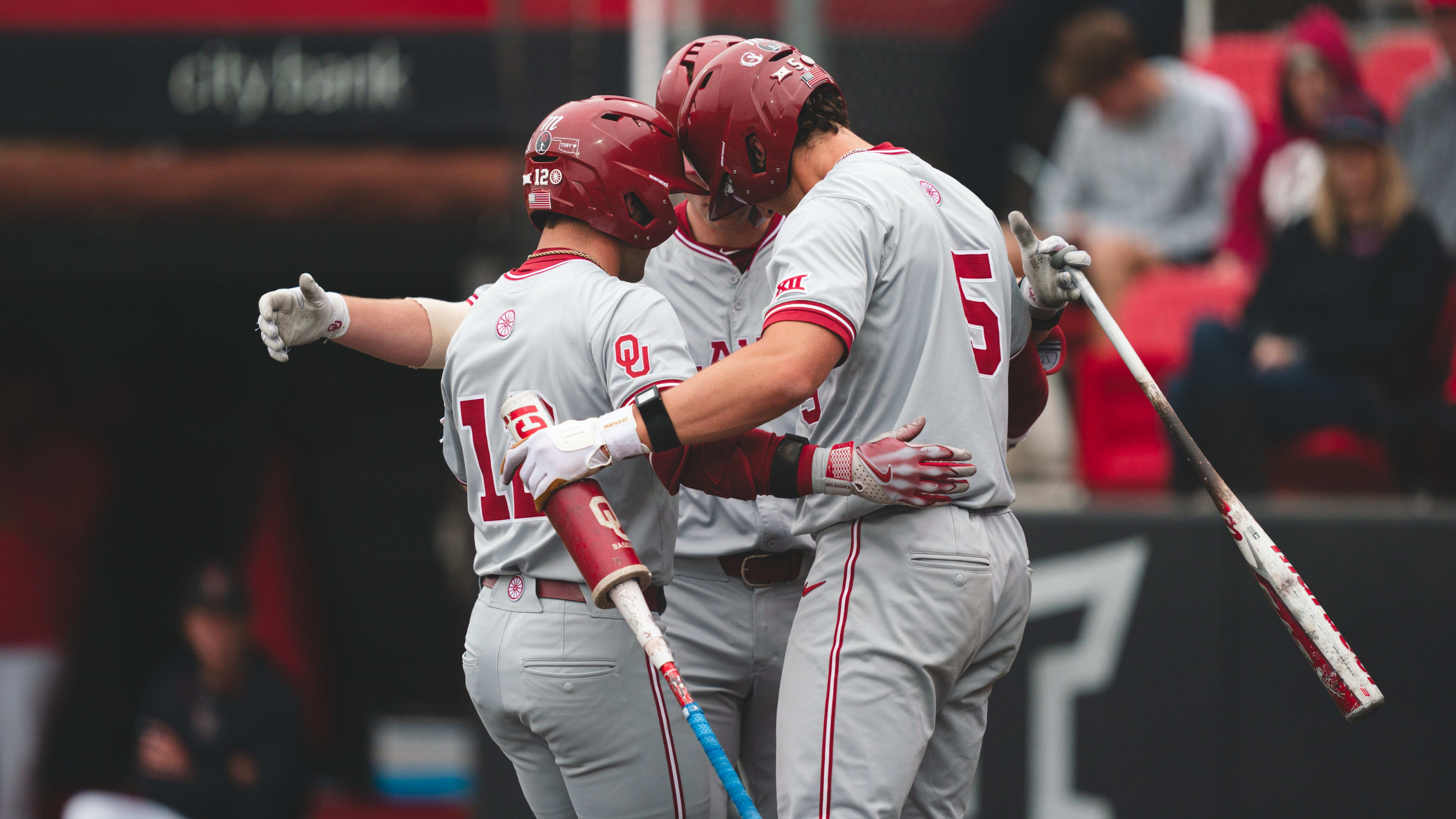Oregon
Most Oregon renters’ full-time wages aren’t enough to comfortably afford rent

Oregon’s minimum wage is among the country’s highest, but according to a new study a typical renter must earn more than twice that much to afford a modest apartment.
The National Low Income Housing Coalition on Wednesday released its annual “Out of Reach” report, which examines how much residents of U.S. states and counties must earn to avoid spending more than 30% of their income on rent — the federal government standard for housing to be considered affordable.
According to the study, Oregon renters must earn $29.72 an hour to afford a two-bedroom apartment.
Only about 1 in 20 Oregon workers earn the minimum wage, according to the state employment department.
But the $29.72 housing wage identified in the study is also about $7 more than the average wage for an Oregon renter, and more than double Oregon’s standard minimum wage. As of July 1, the state’s standard minimum wage will increase to $14.20.
The minimum wage is higher in Oregon’s most populous counties, and higher still in the Portland metro area.
But housing is also more expensive in the Portland metro area, where tenants on average must earn $35.37 an hour to afford a two-bedroom rental.
Hood River County was also higher than the state average, with renters needing to earn about $33 to rent a two-bedroom.
The report found that rising rents, combined with the end of most pandemic-era safety nets, has led to more evictions and rising homelessness nationwide.
Oregon has also seen evictions surpass pre-pandemic levels since October, when the last of Oregon’s pandemic-era renter protections expired.
And Oregon’s rent control law, tied to inflation, permitted landlords to raise rents by as much as 14.6% this year for buildings constructed more than 15 years ago. Rents increased an average of 3.6% over the past year.
Oregon’s housing rate is one of the highest in the nation, but falls well below states like California and Hawaii, where tenants must earn more than $40 an hour to afford a two-bedroom apartment.
The study also examined high rental prices’ disproportionate impact on renters of color — particularly Black, Latino and Indigenous tenants.
Nationally, white tenants on average earn $2.23 more than necessary to afford a single-bedroom apartment, but Black and Latino workers earn more than $1.80 below the necessary rate. And Black and Latina women fare even worse, on average earning between $4 and $5.50 less than the necessary rate to afford a one-bedroom apartment. The study did not provide those breakdowns for individual states.
—Jayati Ramakrishnan; jramakrishnan@oregonian.com

Oregon
Ex-FSU Football Defensive Lineman Transferring to Oregon State Football

The spring transfer portal is officially closed, but players who entered while the portal was open are still able to find their next destinations and take their time in doing so. One player soon to find their next home is a former Florida State defensive end.
Josh Griffis, who has spent time with three different programs at various levels since transferring from Florida State a few years ago, will be continuing his college career at Oregon State. He announced the news on social media on Saturday evening.
READ MORE: Former FSU Stars Keon Coleman, Trey Benson, Tatum Bethune, and Renardo Green Get Their NFL Draft Calls
Griffis, a former three-star recruit and Florida State defensive end, left the Seminoles in 2021. He played briefly for Garden City Community College before joining Deion Sanders at Jackson State. He appeared in six games for the Tigers, totaling five tackles, 1.5 tackles for loss, 1.5 sacks and one quarterback hurry.
After the season, Coach Prime took his talents to Colorado — where he’s been heavily involved in the news cycle since — leaving Griffis and many other former Jackson State players in the transfer portal. This was after Griffis spent time in JUCO after being dismissed from Florida State.
The former Seminole then transferred to Tarleton State, where he finished with 13 total tackles, nine solo tackles, five sacks and three forced fumbles during his 2023 college football campaign.
Now headed to Oregon State, Griffis is headed to a unique situation. The program has been left high and dry after the Pac-12 dissolved, with its members dispersing across the Big 12 and Big Ten. Now, with just two programs remaining in the conference, Oregon State has an arrangement with the Mountain West to fill out their 2024 college football schedule.
Griffis is technically joining a power conference, though the Pac-12 is a thing of the past and they’re playing a very weak schedule compared to the Power Four — involving the Big 12, Big Ten, ACC and SEC. The former Seminole has had a very unique college football career path.
READ MORE: FSU AD Michael Alford Possibly Hints At Big 10 Move During Chicago Boosters Event
Stick with NoleGameday for more coverage of Florida State football throughout the offseason.
Follow NoleGameday on Twitter, Facebook, Instagram, and TikTok
Oregon
Ohio State Buckeyes or Oregon Ducks?

The Big Ten Conference is loaded with excellent running backs with a chance to electrify in the 2024 football season. Talent in this conference includes a dynamic duo, new faces and breakout stars. Ranking the top-three running back rooms:
1. Ohio State Buckeyes
It’s no secret that Ohio State does a great job bringing in some of the best talent in the nation and the running back position is no exception. Heading into 2024, the Buckeyes have arguably the best two-headed running back monster in college football with senior TreVeyon Henderson and Ole Miss transfer Quinshon Judkins.
Henderson has had some difficulty staying on the field over the course of his career but he’s absolutely not lacking talent. In his lone healthy season as a freshman in 2021, Henderson racked up 1,248 rushing yards on a remarkable 6.8 yards per carry.
Quinshon Judkins is the flashy new piece in the backfield as he brings his talents over from Ole Miss where he averaged 1,363 rushing yards on almost exactly five yards per carry in two seasons for the Rebels. More of a power runner, Judkins brings the thunder to Henderson’s lightning and rounds out what should be widely considered the best running back group in the Big Ten, if not the country.
2. Oregon Ducks
Depth is the name of the game for Oregon’s running back group this season. Spearheaded by junior Jordan James, the backfield features several different types of runners.
James is the most explosive of the group, averaging an astounding 7.1 yards per carry for the Ducks in 2023. Behind him is powerhouse senior Noah Whittington who comes into 2024 off a leg injury that cost him most of last season after starting red-hot with 7.3 yards per carry through Oregon’s first four games.
Behind these two is Jay Harris, a Division Two transfer from Northwest Missouri State who has garnered rave reviews from coaches and media alike in his first spring in Eugene.
3. Penn State Nittany Lions
Some would be tempted to place Michigan’s backfield in the No. 3spot but that mostly factors in last season. After the Wolverines lost star Blake Corum to the NFL Draft, Penn State returns the next-most impressive group in the realigned Big Ten with Nicholas Singleton and Kaytron Allen.
Singleton and Allen split carries last season for the Nittany Lions and both will be back after impressive 2023 seasons. Allen accrued 902 rushing yards in 13 games last year while Singleton contributed 752 of his own. With another year to develop, these two figure to headline one of the fiercest backfields in the Big Ten.
The Big Ten is known for its physical play and although there are other good backfields in the conference, these three should be among the most dangerous heading into 2024.
Oregon
Two finalists picked for next director of Oregon Department of Fish and Wildlife

Two finalists have been picked to become the next director of the Oregon Department of Fish and Wildlife.
Debbie Colbert and Kaitlin Lovell were selected from a pool of 30 candidates to lead an agency with more than 1,000 employees and the often polarizing task of managing the state’s fauna.
Colbert is current ODFW deputy director for fish and wildlife programs while Lovell works for the Portland Bureau of Environmental Services on stream restoration. They were chosen by a subcommittee that included two members of the Fish and Wildlife Commission and two representatives of Gov. Tina Kotek’s office.
The candidates will have a public question and answer session Friday before the full commission meeting at ODFW headquarters in Salem. Afterward, the commission may pick the new director. The meeting is open to the public and will be streamed live at: www.dfw.state.or.us/agency/commission/
An online form remains available until 5 p.m. on Tuesday to submit questions for the candidates during the public question and answer.
The job is one of Oregon’s more challenging, often putting the agency in the middle of the state’s urban-rural divide over issues such as wolf and cougar management, hatchery versus wild fish, and the cost for fishing and hunting licenses, among many other issues.
Other candidates considered were Shannon Hurn, ODFW deputy director for administration, and Jason Miner, former natural resources policy advisor for former Gov. Kate Brown.
Debbie Colbert
Colbert has worked for two decades on natural resources issues, according to the biography provided by the hiring committee.
Since 2021, Colbert has served as ODFW’s deputy director for fish and wildlife programs, overseeing fish, wildlife, habitat, and regional programs statewide as well as legislative engagement.
“In this leadership role, she has been thrilled to collaborate with ODFW’s many talented staff, hunters, anglers, tribal leaders and staff, volunteers, landowners, state and federal agency staff, elected officials, and statewide advocacy groups,” the biography said.
In 2023, Colbert served three months on special assignment to the governor’s natural resource office.
Previously, Colbert served six years as the board of trustees administrator at Oregon State University. Before that, she worked for five years as ODFW’s deputy director for administration.
Colbert earned a bachelor’s degree in biology and has a master’s in oceanography and a doctorate in interdisciplinary oceanography. She was selected as a 2022 National Conservation Leadership Fellow.
“Debbie is passionate about working with diverse groups to advance Oregon’s fish, wildlife, and habitat,” the biography said.
Kaitlin Lovell
Lovell has led the City of Portland’s efforts to protect and restore fish and wildlife and their habitats since 2007, the provided biography said.
“Lovell has strategically transformed degraded waterways, resolved competing land uses, protected fish and wildlife against acute climate impacts, and centered frontline communities, especially Indigenous communities, in fish and wildlife management,” the biography said.
Prior to working for Portland, Lovell worked as an attorney for Trout Unlimited on salmon recovery, hydropower and hatchery issues throughout Oregon and the West Coast.
“A lifelong resident of rural places, including 22 years on her Colton area farm with her husband and son, she knows firsthand the challenges and rewards of living with wildlife, adapting to climate change, and the critical role of working lands in habitat protection and restoration,” the biography said.
Lovell is a graduate of Bucknell University’s environmental science program and Cornell Law School, with legal expertise in the Endangered Species Act and the Clean Water Act.
Zach Urness has been an outdoors reporter in Oregon for 16 years and is host of the Explore Oregon Podcast. Urness is the author of “Best Hikes with Kids: Oregon” and “Hiking Southern Oregon.” He can be reached at zurness@StatesmanJournal.com or (503) 399-6801. Find him on X at @ZachsORoutdoors.
-

 News1 week ago
News1 week agoFirst cargo ship passes through new channel since Baltimore bridge collapse
-

 World1 week ago
World1 week agoHaiti Prime Minister Ariel Henry resigns, transitional council takes power
-

 World1 week ago
World1 week agoSpanish PM Pedro Sanchez suspends public duties to 'reflect'
-

 News1 week ago
News1 week agoAmerican Airlines passenger alleges discrimination over use of first-class restroom
-

 Movie Reviews1 week ago
Movie Reviews1 week agoAbigail Movie Review: When pirouettes turn perilous
-

 World1 week ago
World1 week agoEU Parliament leaders recall term's highs and lows at last sitting
-

 Science1 week ago
Science1 week agoMosquito season is upon us. So why are Southern California officials releasing more of them?
-

 Movie Reviews1 week ago
Movie Reviews1 week agoCity Hunter (2024) – Movie Review | Japanese Netflix genre-mix Heaven of Horror













